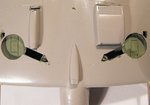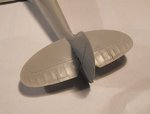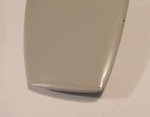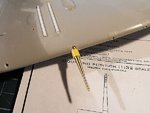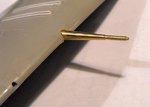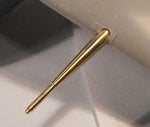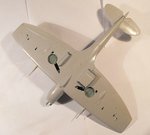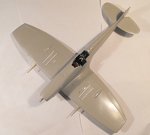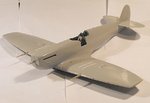- Thread starter
- #101
Airframes
Benevolens Magister
Thanks John.
The raised panels lines are acceptable enough on most of the model, as the real aircraft employed lapped and butt-jointed panels in many areas. The raised lines of the kit are very fine and subtle, and look good enough under a coat of paint.
However, those areas where a more 'prominent' look is required, such as the cowling joints, have had the panel lines removed, and then engraved lightly - not too deep, as the Spitfire had a very smooth surface in general, and these will not be over-accentuated, as often seen on some models.
The raised panels lines are acceptable enough on most of the model, as the real aircraft employed lapped and butt-jointed panels in many areas. The raised lines of the kit are very fine and subtle, and look good enough under a coat of paint.
However, those areas where a more 'prominent' look is required, such as the cowling joints, have had the panel lines removed, and then engraved lightly - not too deep, as the Spitfire had a very smooth surface in general, and these will not be over-accentuated, as often seen on some models.

